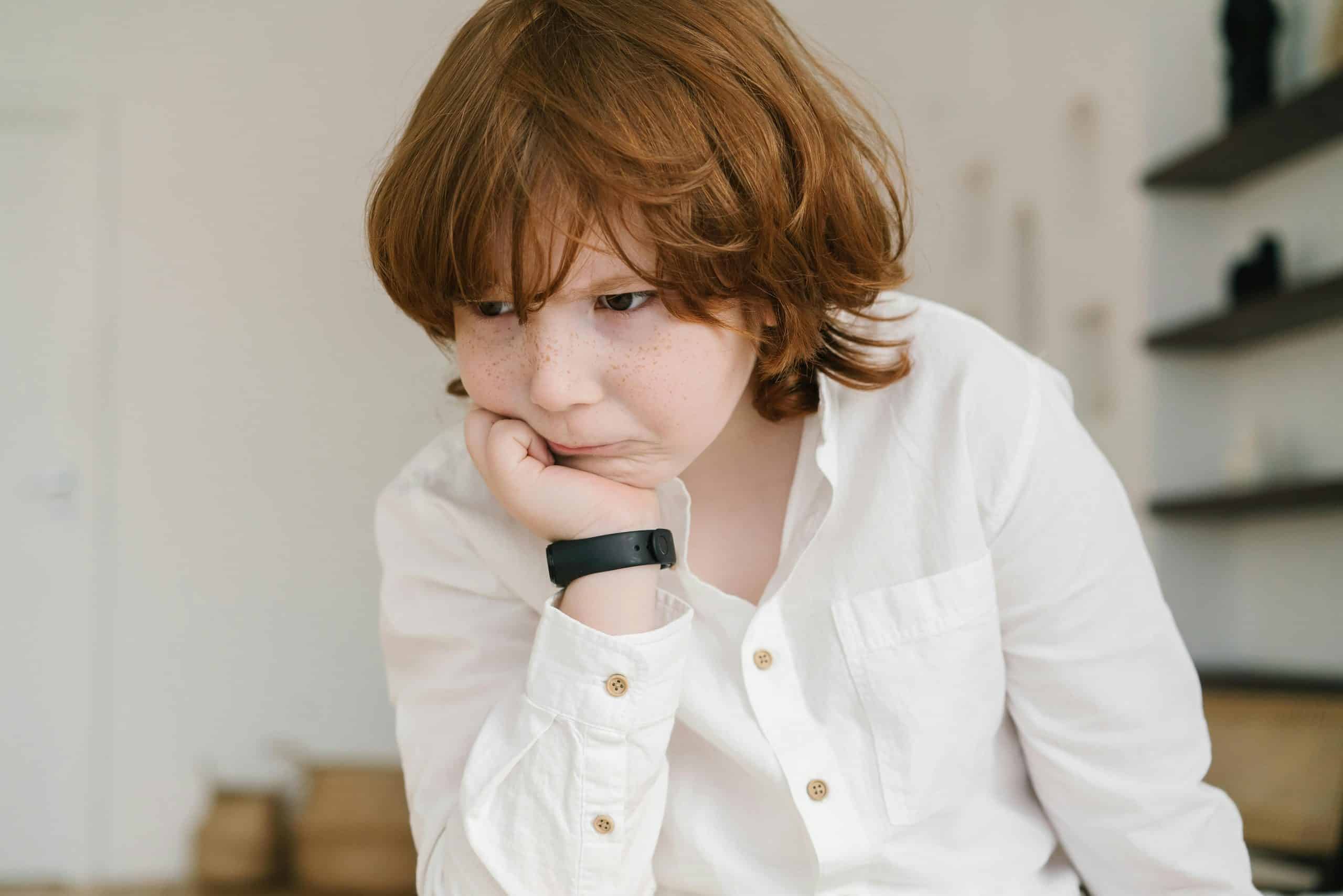Autism Spectrum Disorder (ASD) affects individuals in various ways, one of the most prominent being communication difficulties. While many autistic children struggle with verbal communication, they often have rich internal experiences and emotions they want to express. This is where art therapy comes to play. Art therapy incorporates activities like drawing, painting, sculpture and music, providing a creative outlet for these children. This article will examine how art therapy can help non-verbal autistic children communicate their emotions and enhance their social and sensory skills.
Art Therapy and Autism: A Closer Look
Art therapy is a type of therapeutic approach that utilizes the creative process of making art to improve and enhance the physical, mental, and emotional wellbeing of individuals. For children with autism, especially those who are non-verbal, this form of therapy offers a crucial means of self-expression. It’s not just about creating art, but it’s about telling a story, sharing experiences, and expressing feelings through a medium that transcends verbal language.
Also to see : Unlock your beauty potential with premium supplements
The practice of art therapy for children with ASD is anchored on the understanding that art is a universal form of communication. Autistic children who may struggle with traditional forms of communication can find a voice through their artwork. It becomes an avenue through which they can express their emotions, experiences, and perceptions in a way that words cannot capture.
The Role of Therapists in Art Therapy
Therapists play a pivotal role in facilitating art therapy for autistic children. With their specialized training, they’re able to create a safe and nurturing environment for children to freely engage in creative activities. They guide the children through various art mediums and techniques, encouraging exploration and experimentation.
Also to read : Delicious vitamin c gummies to strengthen your immunity
Therapists also play a crucial role in interpreting the art created by autistic children. Often, these artworks carry deep emotional significance, and therapists can help decipher these emotions and experiences. Through this, therapists can gain valuable insights into the child’s inner world, which can inform their therapeutic approach and strategies.
Art Activities and Their Impact on Social and Sensory Skills
Art therapy involves a range of activities such as painting, drawing, sculpting, and music, among others. These activities provide autistic children with a vibrant sensory experience that can help improve their sensory skills. By engaging with different textures, colors, and sounds, children get to explore and familiarize themselves with various sensory inputs.
Additionally, art therapy can also bolster the social skills of autistic children. Group art activities encourage interaction and cooperation among participants. This not only promotes socialization but also helps them learn about taking turns, sharing, and understanding others’ perspectives.
The Power of Music Therapy for Autistic Children
Music is a form of art that has profound effects on individuals with autism. Music therapy, a subset of art therapy, uses musical experiences and the relationships formed through them as a means of communication and expression.
For non-verbal autistic children, music therapy can be particularly beneficial. The rhythmic patterns in music can trigger emotional responses and foster the expression of feelings. Furthermore, music therapy can also improve motor skills, as children engage in activities like playing instruments or moving to the rhythm.
The Role of Parents in Facilitating Art Therapy
Parents play a crucial role in supporting their child’s journey through art therapy. By providing a supportive and understanding environment at home, parents can reinforce the benefits of art therapy. Encouraging children to engage in art activities at home or appreciating their artworks can help children feel valued and understood.
Moreover, parents can work closely with therapists to understand their child’s experiences and emotions better. Regular communication with therapists can also provide parents with insights into their child’s progress and ways they can further support their child’s growth and development.
Art therapy holds immense potential for non-verbal autistic children. It provides them with a unique platform to communicate their emotions and experiences in a way they are comfortable with. Not only does it foster self-expression, but it also contributes significantly to the development of social and sensory skills. Indeed, art therapy is a powerful tool that can bring about significant positive changes in the lives of autistic children.
Benefits of Art Therapy on Emotional Regulation
Art therapy is not only a form of communication but also a tool for emotional regulation. Non-verbal autistic children often experience difficulties in processing and expressing their emotions. They may have intense feelings but lack the verbal skills to articulate them. This can result in frustration, anxiety, and behavioral issues. However, art therapy provides a platform for these children to express and manage their feelings effectively.
By engaging in art activities, children can convey their emotions visually, which can be therapeutic and calming. Painting a picture, for example, may allow a child to express feelings of sadness or joy that they may not be able to communicate verbally. Similarly, the rhythms and melodies in music therapy can evoke and help manage various emotional states.
Art therapists, with their specialized knowledge in ABA therapy, can guide autistic children in harnessing the power of art for emotional regulation. They can help children understand their feelings better, teach them ways to cope with emotions, and provide techniques to express them healthily and creatively. This can lead to significant improvements in children’s behavioral and emotional wellbeing.
Moreover, art therapies can also foster a strong parent-child bond. As parents engage in art activities with their children or appreciate their artworks, they can better understand their children’s emotional world. This shared understanding can enhance the emotional connection between the parent and the child.
Art Therapy as a Bridge to Social Interaction
Art therapy can also serve as a bridge to foster social interaction among non-verbal autistic children. Autistic children often struggle with social skills such as understanding others’ perspectives, sharing, and turn-taking. These challenges can make it difficult for them to interact with their peers and form meaningful relationships. However, group art activities can provide a context for practising and strengthening these skills.
In a group setting, children can learn to cooperate and collaborate with others. They can learn about sharing materials, waiting for their turn, and respecting others’ artworks. Moreover, observing peers can offer valuable lessons about different perspectives and expressions.
Art therapists can guide these social interactions during group art activities. They can model appropriate social behaviour and provide positive reinforcement when children exhibit these behaviours. They can also use art activities as a platform to discuss topics such as empathy, respect, and fairness.
Moreover, parents can also foster social interaction at home by arranging playdates or art sessions for their children. They can encourage their children to create art together with their siblings or friends, thereby promoting cooperation, sharing, and understanding.
Conclusion
In conclusion, art therapy holds significant promise in facilitating emotional expression and social interaction among non-verbal autistic children. By engaging in creative arts, these children can communicate their emotions, regulate their feelings, and enhance their social skills.
Parents and therapists play a crucial role in this journey. With their support and guidance, autistic children can harness the therapeutic benefits of art. They can explore their emotions, experiences, and perceptions in a manner that transcends verbal language, thereby opening up a world of self-expression and understanding.
In light of its benefits, it is vital that more resources are dedicated to integrating art therapy into the care and education of non-verbal autistic children. Further research is also needed to explore and optimize the potential of art therapy for individuals on the autism spectrum. This will enable us to provide a more empathetic, supportive, and inclusive environment for autistic children, thereby enabling them to thrive and express themselves fully. The power of art therapy is profound and, when harnessed properly, can indeed transform the lives of autistic children.











